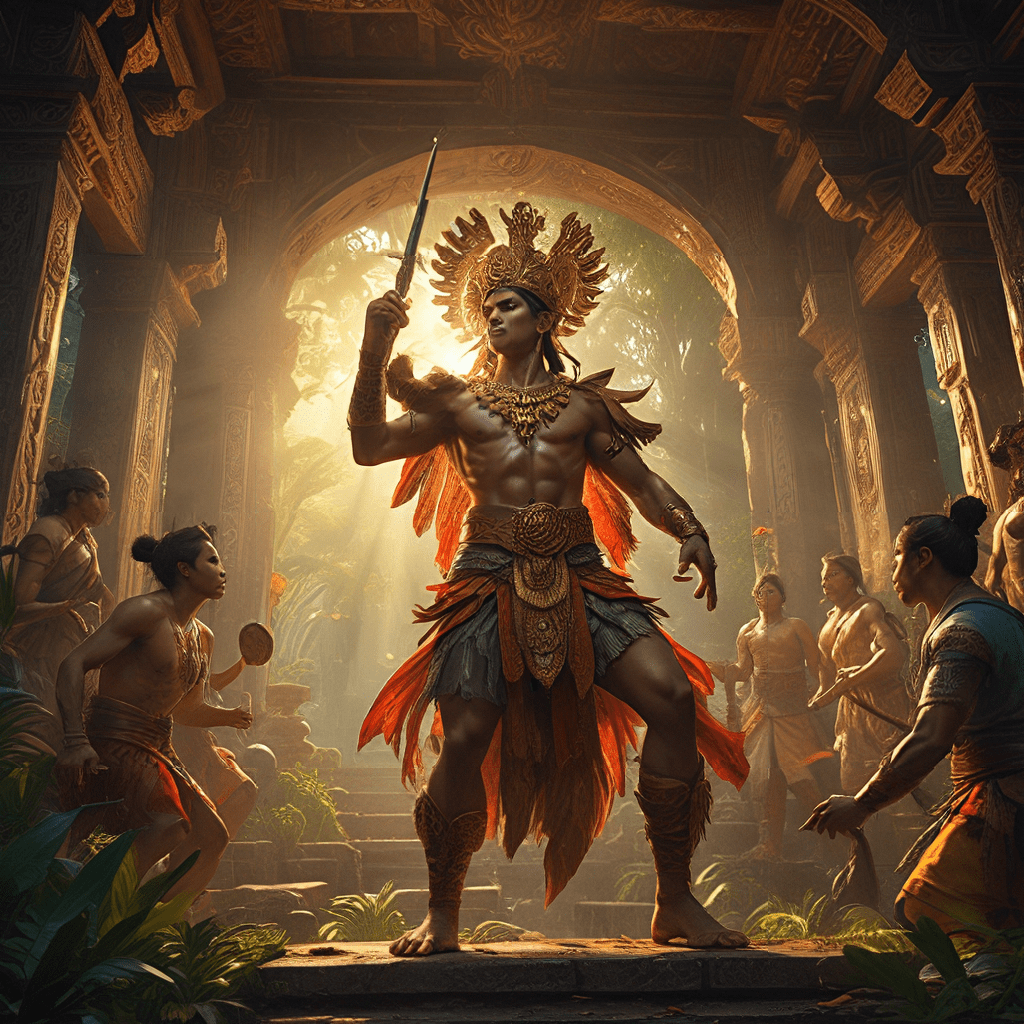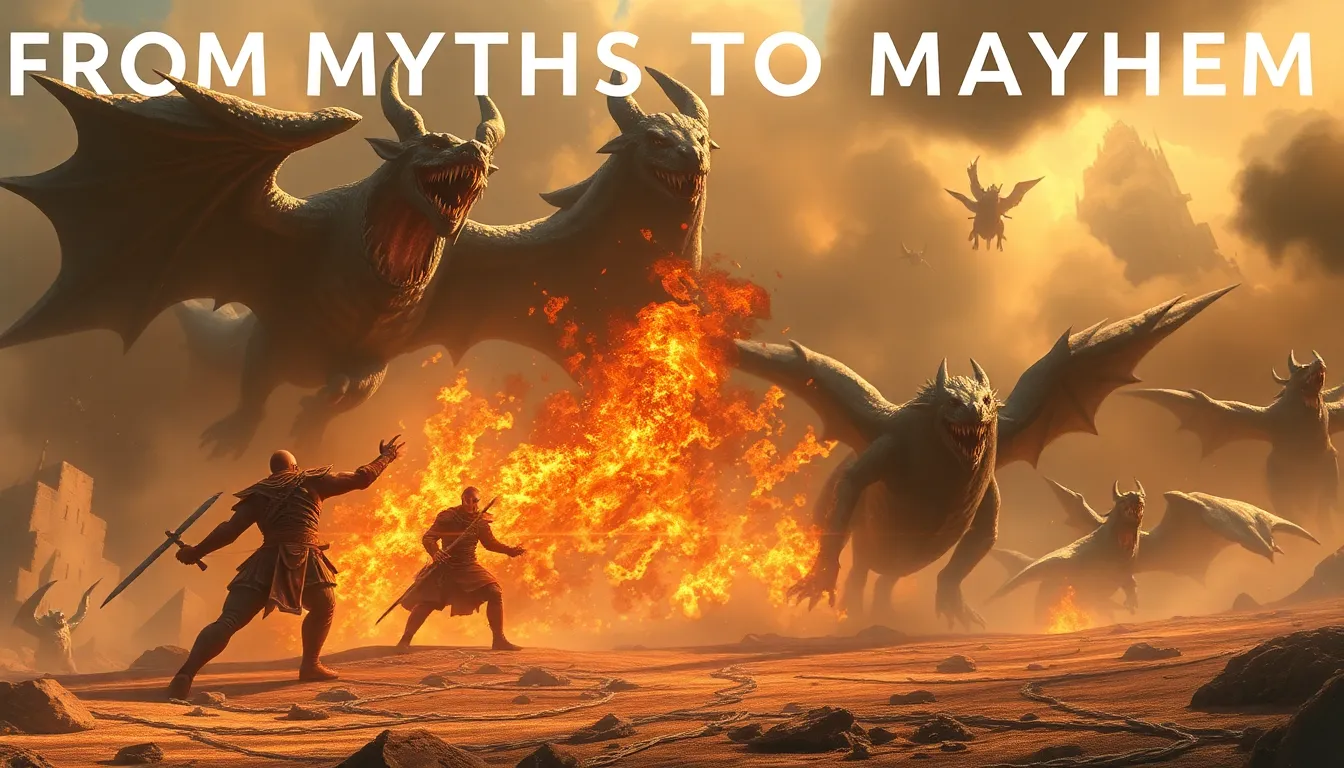The Mountain of the Dreamers: Legends of Aspirations and Visions
I. Introduction to the Mountain of the Dreamers
The Mountain of the Dreamers stands as a powerful symbol of human aspirations and the visions that guide us toward our goals. It represents a place where dreams intersect with reality, where the lofty ideals of individuals are challenged and ultimately shaped. This mountain, steeped in folklore and myth, serves as a poignant reminder of the importance of dreams in our lives.
Across cultures and history, dreams have been revered as windows into the subconscious, offering insights into our deepest desires and fears. From ancient civilizations to modern societies, legends surrounding dreams have played a crucial role in shaping cultural identities and values. The purpose of this article is to explore these aspirations and visions through the lens of various legends, revealing the timeless significance of the Mountain of the Dreamers.
II. Historical Context of the Mountain of the Dreamers
The origins of the Mountain of the Dreamers can be traced back to ancient folklore and mythology, where mountains often symbolize challenges to be overcome and goals to be achieved. In many cultures, mountains are seen as sacred spaces, where the divine meets the earthly, and where the human spirit can soar to new heights.
Cultural interpretations of the mountain vary significantly across different civilizations. In some cultures, it is viewed as a physical place where one can seek enlightenment, while in others, it represents an internal journey of self-discovery. Over time, the symbolism of the mountain has evolved, adapting to the changing aspirations of society. It has transitioned from a mere geographical feature to a profound metaphor for personal growth and ambition.
III. Key Legends Associated with the Mountain
Several legends encapsulate the essence of the Mountain of the Dreamers, each offering unique insights into the nature of aspirations and visions:
A. The Legend of the Dreaming Spirits
This legend speaks of ethereal beings that inhabit the mountain, guiding dreamers who seek wisdom and understanding. Those who climb the mountain with pure intentions are said to encounter these spirits, who impart knowledge about pursuing one’s dreams and overcoming the fears that hinder progress.
B. The Tale of the Visionary Pilgrim
In this tale, a pilgrim embarks on a journey to the summit of the Mountain of the Dreamers, facing trials and tribulations along the way. Each challenge serves as a lesson, revealing the importance of resilience and self-belief in realizing one’s aspirations.
C. The Fable of the Lost Dreams
This fable narrates the story of a group of individuals who, having lost sight of their dreams, wander aimlessly. Their journey leads them back to the mountain, where they rediscover their passions and learn that the path to fulfillment is often found in reconnecting with one’s true self.
IV. Symbolism of the Mountain in Aspirational Narratives
The Mountain of the Dreamers serves as a powerful metaphor for personal growth and the journey of life. Its steep slopes represent the obstacles we must face in our pursuit of dreams. As we ascend, we gain new perspectives and insights that shape our understanding of success.
Key themes related to the mountain’s symbolism include:
- The mountain as a metaphor for personal growth: Climbing the mountain signifies the journey of self-improvement and the pursuit of higher aspirations.
- Overcoming obstacles: Each step taken towards the summit reflects the challenges faced and the resilience required to overcome them.
- The role of vision: Clear aspirations act as a guiding light, helping us navigate through life’s uncertainties.
V. The Role of Dreams in Different Cultures
Dreams have held varying significance across cultures, influencing how aspirations are viewed and pursued:
A. Indigenous perspectives on dreams and visions
Many Indigenous cultures regard dreams as sacred messages from ancestors or the spirit world, providing guidance and wisdom. Dreams are often seen as integral to personal and communal identity.
B. Eastern philosophies on aspiration and enlightenment
In Eastern traditions, dreams are often linked to the pursuit of enlightenment. The journey towards self-realization involves understanding and transcending the limitations of the material world.
C. Western interpretations of dreams as reflections of ambition
In Western cultures, dreams are frequently viewed as reflections of personal ambition and desire. They serve as motivational forces that drive individuals to achieve their goals, often interpreted through the lens of psychology and self-help.
VI. The Intersection of Myth and Reality
The Mountain of the Dreamers has influenced numerous real-life stories and aspirations. Many individuals draw inspiration from these legends, using them as frameworks to navigate their own journeys.
Key intersections include:
- Real-life stories inspired by the Mountain: Many successful individuals attribute their achievements to the lessons learned from these legends.
- How legends influence contemporary aspirations: Modern narratives often echo the themes of the mountain, reminding us of the importance of dreams.
- The impact of cultural narratives: Cultural stories shape individual motivations, providing a sense of purpose and direction.
VII. Learning from the Legends: Lessons on Aspiration
The legends associated with the Mountain of the Dreamers offer valuable lessons on aspiration:
- The significance of perseverance and resilience: Success often requires enduring hardships and maintaining focus on one’s goals.
- The importance of community support: Achieving dreams is often a collective effort, emphasizing the need for encouragement and collaboration.
- Finding personal meaning: The journey itself holds significance, and the experiences along the way shape our understanding of fulfillment.
VIII. Modern Interpretations of the Mountain of the Dreamers
In contemporary society, the Mountain of the Dreamers continues to inspire artistic expression and cultural representation:
A. Representation in literature and art
Many authors and artists draw upon the mountain as a symbol of aspiration, using it to convey themes of hope, struggle, and triumph in their works.
B. The mountain in popular culture
Films, music, and other media often depict characters embarking on journeys reminiscent of the climb up the Mountain of the Dreamers, emphasizing personal growth and self-discovery.
C. Contemporary movements inspired by the legends
Various movements advocate for the realization of dreams, encouraging individuals to pursue their aspirations while drawing on the rich tapestry of legends surrounding the mountain.
IX. Practical Applications: Inspiring Personal Growth
To harness the power of aspirations, individuals can adopt several practical techniques:
- Techniques for visioning: Visualization exercises can help clarify aspirations and create a mental roadmap for achieving them.
- Creating personal legends: Crafting narratives around personal experiences can empower individuals to frame their journeys positively.
- Building supportive communities: Engaging with others who share similar aspirations fosters encouragement and accountability.
X. Conclusion: The Everlasting Influence of the Mountain of the Dreamers
The Mountain of the Dreamers remains a timeless symbol of human aspiration and the visions that propel us forward. Its legends, steeped in cultural significance, continue to inspire individuals across the globe to pursue their dreams with courage and resilience. As we navigate our journeys, let us remember the lessons embedded within these stories, allowing them to guide us toward the summits of our own aspirations.




